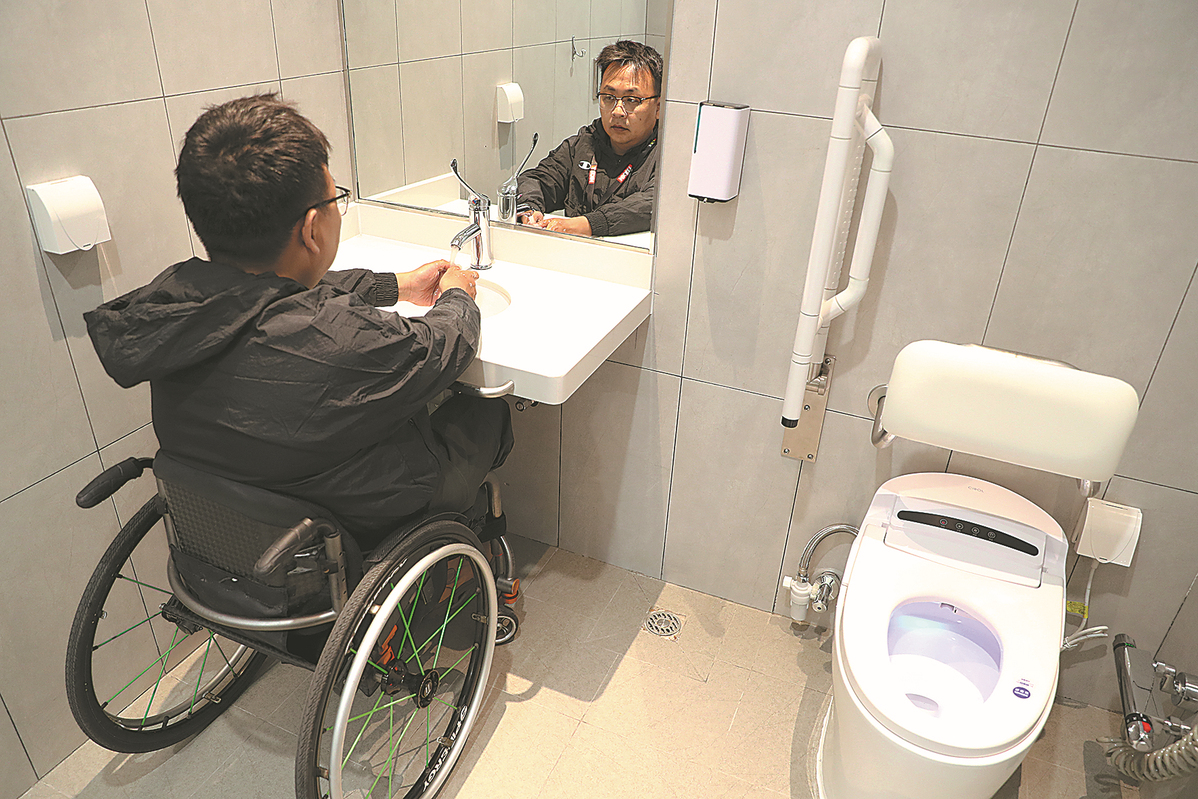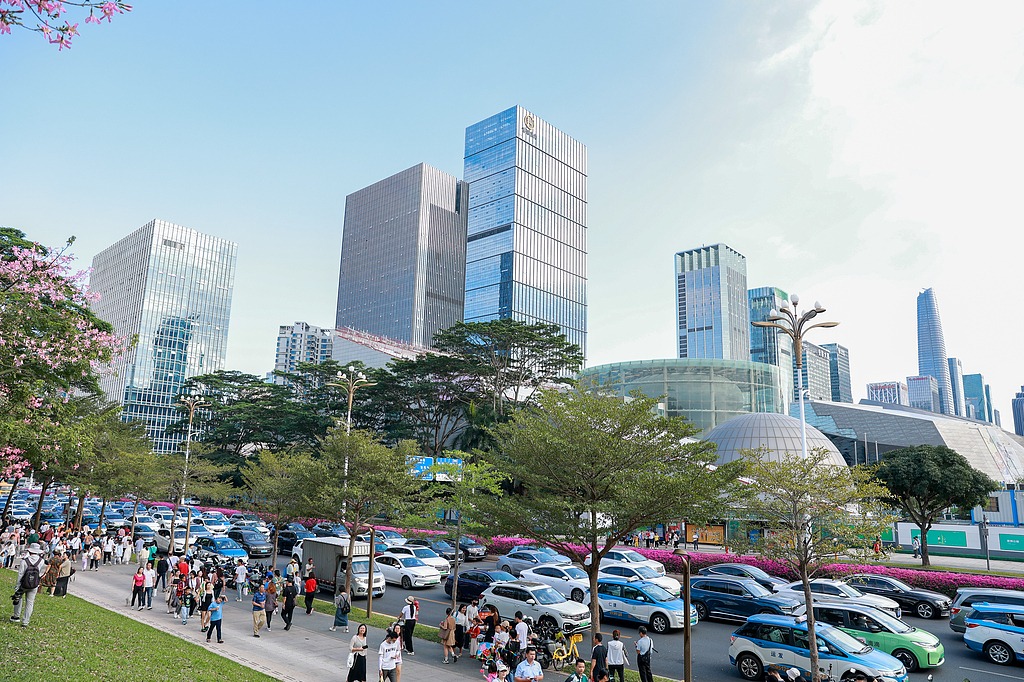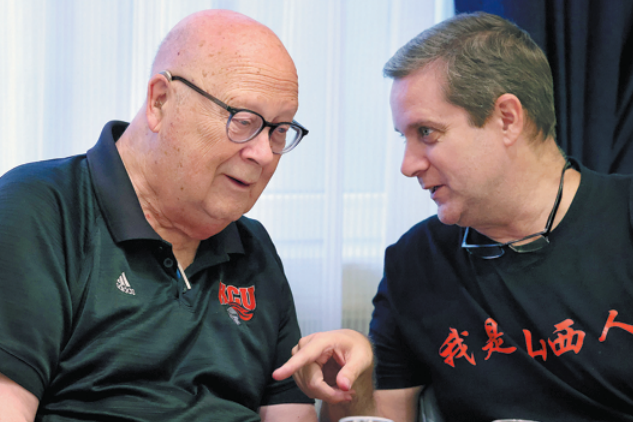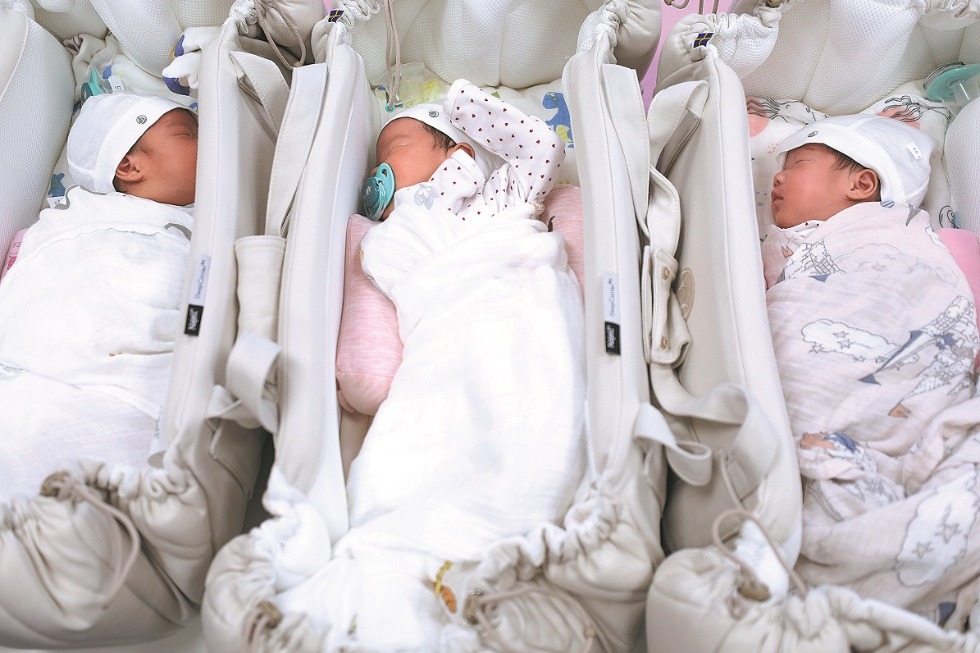Team aims for barrier-free environment
By Li Hongyang | China Daily | Updated: 2022-05-10 08:41

Revelatory experience
In 2008, he left home for the first time in years to watch the Beijing Olympic Games. Even though it was his first experience of the city's subway and taxis, he discovered they were not difficult to deal with. Since then, he has regularly spent time outside.
In 2014, he and three people he met through an online bulletin board started a nonprofit in Beijing's Dongcheng district. They called it the Hope House for People with Spinal Cord Injury, and their aim is to help people with the condition regain normal lives, both physically and mentally.
"Why are people with disabilities rarely seen on the streets? Where do (China's) 85 million such people go? There are various reasons, but one is that many of these people don't realize that public transport facilities are accessible to them, so some of them haven't dared to go out to travel for about 30 years," Du said, quoting government data he had read.
"During our visits to their homes to conduct a survey, I was astonished by their shocked faces when they learned that we had used the subway to reach them. We felt that it was essential to make a travel map of the public transport system for people in wheelchairs."
In 2014 and 2015, he was one of eight people with severe spinal cord injuries who used accessible facilities while traveling to 318 stations on the Beijing subway. With the support of the Beijing Disabled Persons' Federation, they published a travel handbook that details accessible facilities on the system and the routes wheelchair users can take.
In the following three years, Du's team discovered accessible facilities in many parks, 100 hotels and 30 shopping malls. That led to another handbook, which was handed out free of charge.
"Our work has helped more people than we imagined," he said.
For example, when a nondisabled friend broke her foot while skiing, she asked Du for a list of wheelchair-friendly places to eat out and watch movies.
"She was talking to the right person. I am one of the people who knows the map best. Nondisabled people like her may need accessible facilities someday, from youth right through to old age," he said.
In 2018, Du took part in a training program that taught people with disabilities to evaluate the quality of accessible facilities.
He and his peers were inspired by officials from the China Disabled Persons' Federation and the professors from Tsinghua University who taught the training classes. In response, they started working as advisers to help construction companies and architects provide the best possible accessible facilities.
"Most people don't have a proper understanding of accessible facilities. For example, designers or builders may not construct things according to the correct standards. Moreover, workers may not maintain the facilities regularly, so some accessible bathrooms become tool stores or restrooms for sanitation workers," Du said.
Tang Zhanxin, one of Du's partners at the nonprofit, started using a wheelchair at age 26 after she suffered spinal cord injuries in a car accident.
She said accessible facilities were sometimes unavailable, occupied and even dangerous to use.
"One time, my colleague and I went to a place for a meeting. The entrance ramp was too steep, so my friend's wheelchair rolled backward when going up the slope and he hit his head heavily on the ground," the 43-year-old recalled.
"Sometimes, substandard toilets or a lack of accessible facilities means we cannot urinate when we need to. Urine reflux can cause life-threatening situations."
























